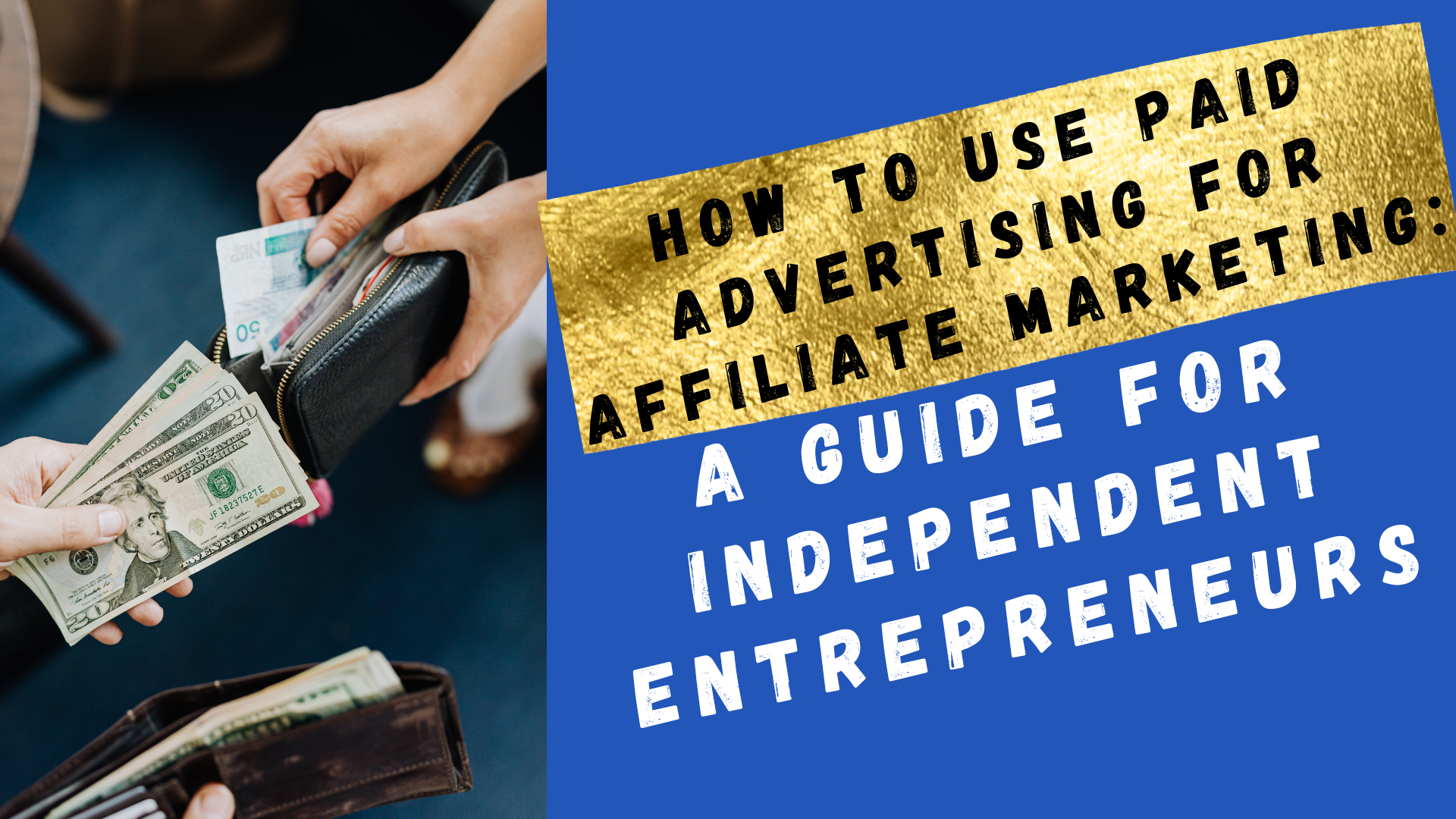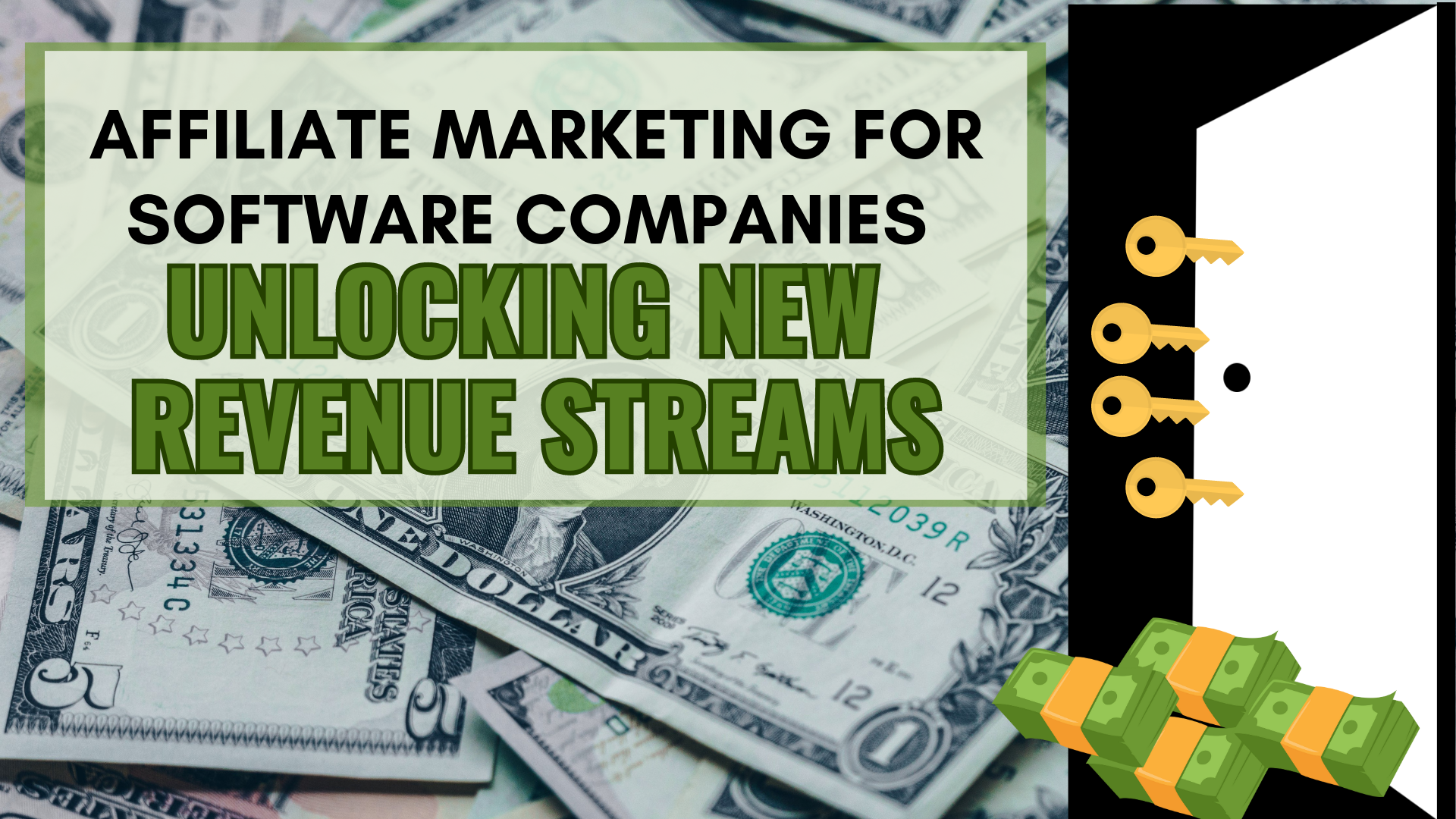Affiliate marketing is a dynamic and popular digital marketing strategy that allows businesses to expand their market reach through partnerships with external parties, commonly known as affiliates. These affiliates earn commissions by promoting products or services to their followers, using unique links that track sales originating from their efforts. This model is a powerful tool for businesses and individuals alike, providing a mutually beneficial relationship where businesses increase sales and affiliates earn from successful referrals.
The Evolution and Popularity of Affiliate Marketing
Initially emerging several decades ago, affiliate marketing has seen a significant surge in popularity with the advent of e-commerce and digital media. This growth is driven by its cost-effectiveness and efficiency—businesses pay only for performance, reducing the risks associated with upfront advertising costs. The rise of social media platforms and influencer marketing has further propelled affiliate marketing to the forefront of cost-effective promotional strategies for reaching diverse and widespread audiences.
How Does Affiliate Marketing Work?
The process begins when a business partners with an affiliate—be it a blogger, influencer, or another content creator. The affiliate is provided a unique tracking link that identifies when a sale is made through their promotional efforts. Affiliates promote the business’s products using various digital channels, including social media, blogs, and email newsletters. When a consumer clicks through this link and makes a purchase, the affiliate earns a predefined commission rate.
Affiliate Marketing Methods: Different Approaches to Promotion
Affiliates can choose different promotional tactics based on their audience and the product type. For instance, an affiliate focused on beauty products might write detailed reviews or create tutorial videos, embedding their affiliate links within the content. Similarly, those promoting tech or software might opt for demo videos or comprehensive guides.
Types of Affiliate Programs
Businesses can structure their affiliate programs in several ways, each with unique benefits:
- Pay Per Sale (PPS): The most prevalent model where affiliates are paid a percentage of the sale price when a purchase is made through their link.
- Pay Per Click (PPC): Affiliates earn money based on the number of clicks generated, independent of whether these clicks lead to sales.
- Pay Per Lead (PPL): Compensation is given for leads generated from affiliate links, such as sign-ups or form submissions, typically with lower payouts than PPS due to the non-guaranteed conversion into sales.
Benefits and Challenges of Affiliate Marketing
Benefits
For businesses, affiliate marketing offers a scalable and performance-based method to reach potential customers, often leading to higher ROI compared to traditional advertising methods. Affiliates benefit from the ability to generate income through product endorsements, using their existing platforms to reach audiences.
Challenges
Finding suitable affiliates who resonate with the business’s brand and reaching an appropriate audience can be challenging. Both parties must also navigate compliance with regulations such as those from the Federal Trade Commission (FTC), which mandates transparency about the affiliate relationship.
The Future of Affiliate Marketing
Affiliate marketing continues to thrive as an industry, with spending expected to grow significantly in the coming years. This trend underscores its effectiveness as a marketing strategy in the digital age, where consumers value authenticity and personalized marketing.
Getting Started with Affiliate Marketing
Businesses interested in leveraging affiliate marketing should start by identifying their target audience and selecting appropriate products for promotion. The next steps involve choosing the right commission model and recruiting affiliates, which can be facilitated through networks like Commission Junction, ShareASale, and Rakuten Marketing. These platforms offer tools for managing affiliates and tracking the success of marketing campaigns.




